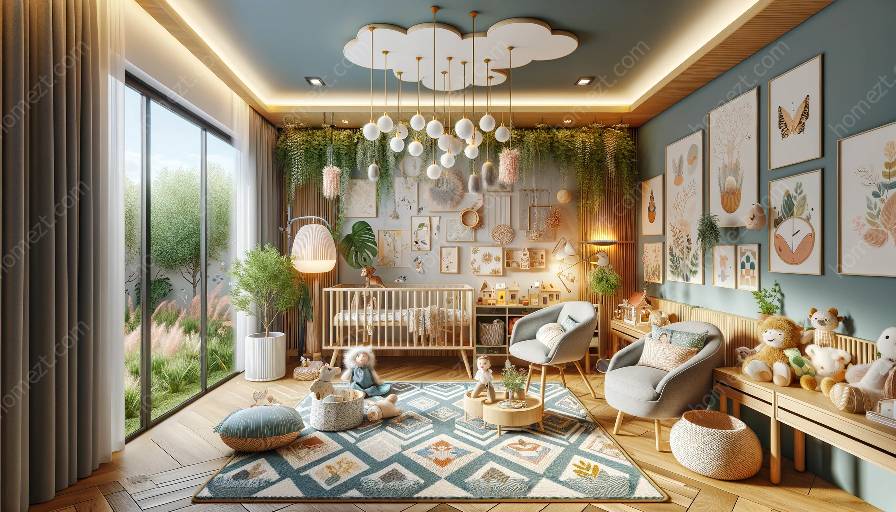Creating a nurturing and safe environment for your child’s nursery or playroom involves thoughtful consideration of window treatments and blinds. The right blinds not only enhance the aesthetics of the space but also contribute to the comfort and safety of your child. In this comprehensive guide, we will explore the world of blinds, their compatibility with various window treatments, and specific considerations for nurseries and playrooms. From understanding different types of blinds to tips on selecting the perfect blinds for your child’s space, this article covers everything you need to know.
Understanding Blinds and Their Role in Window Treatments
Blinds are an essential element of window treatments, providing privacy, light control, and insulation. They come in a variety of materials, styles, and operating mechanisms, allowing you to customize the look and functionality of your windows. Blinds play a significant role in regulating the amount of natural light that enters a room, which is particularly important in nurseries and playrooms where light control can affect a child’s sleep and playtime.
Types of Blinds
Before deciding on the right blinds for your child's space, it’s essential to understand the different types available. Here are some popular options:
- Vertical Blinds: Ideal for large windows and sliding doors, these blinds offer excellent light control and are easy to clean, making them suitable for busy playrooms.
- Horizontal Blinds: Available in materials such as wood, aluminum, or faux wood, horizontal blinds are versatile and can be customized to complement the decor of a nursery or playroom.
- Roman Blinds: These soft fabric blinds create a cozy ambiance and are an excellent choice for nurseries, adding a touch of elegance and warmth to the room.
- Roller Blinds: Simple, practical, and available in a variety of designs, roller blinds are easy to operate and maintain, making them a popular choice for nurseries and playrooms.
- Blackout Blinds: Designed to block out light completely, blackout blinds are a must-have for nurseries to create a conducive environment for naptime and bedtime.
Choosing the Right Blinds for Nurseries and Playrooms
When selecting blinds for nurseries and playrooms, there are specific considerations to keep in mind:
- Safety: Ensure that the blinds are cordless or have inaccessible cords to prevent the risk of accidents, especially in areas where young children play.
- Light Control: Opt for blinds that offer effective light-blocking capabilities, especially if the room is used for naptime or can become too bright during the day.
- Ease of Maintenance: Consider blinds that are easy to clean and maintain, as nurseries and playrooms are prone to spills and messes.
- Aesthetics: Choose blinds that complement the overall design and theme of the nursery or playroom, enhancing the visual appeal of the space.
Pairing Blinds with Other Window Treatments
In some cases, you might want to combine blinds with other window treatments to achieve the desired functionality and aesthetic appeal. For nurseries, combining blackout blinds with sheer curtains can create a layered look while providing both light control and softness. Playrooms, on the other hand, may benefit from the versatility of using blinds alongside decorative valances or curtains that add color and whimsy to the space.
Conclusion
Window treatments and blinds play a crucial role in creating a comfortable and inviting environment for children in nurseries and playrooms. By understanding the different types of blinds, considering specific needs for child-safe designs, and exploring the synergy between blinds and other window treatments, you can make well-informed decisions to enhance the functionality and charm of these special spaces.



















